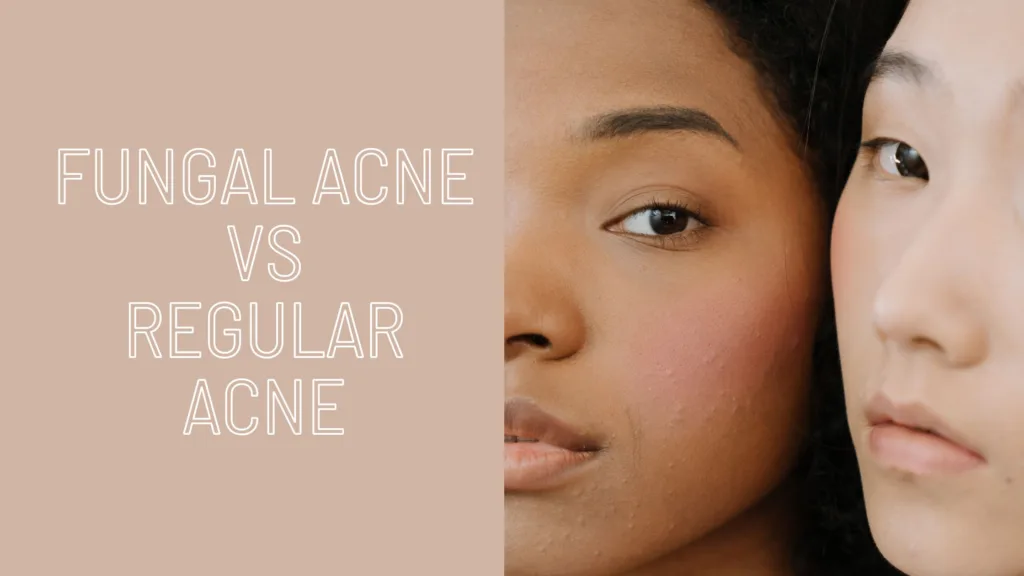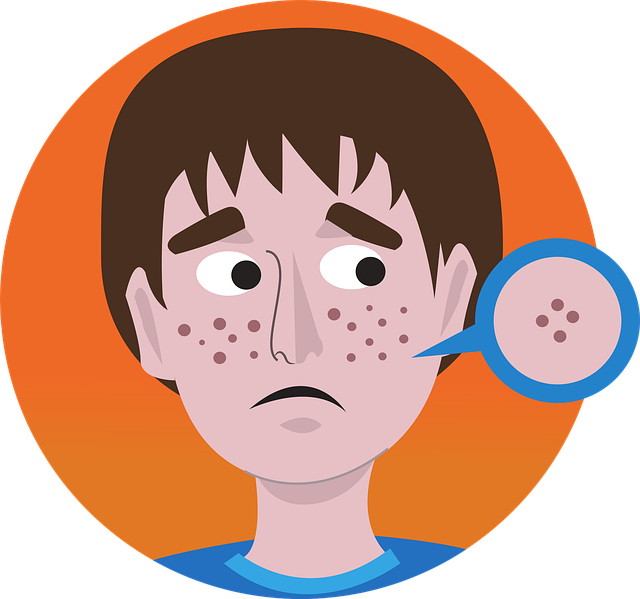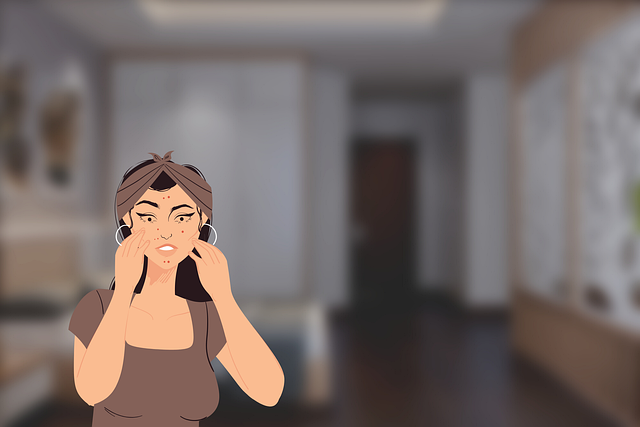What is Fungal Acne?
Fungal acne, also known as pityrosporum folliculitis, is a skin problem that can look a lot like regular acne but is actually caused by a type of yeast called Malassezia. This yeast is normally found on our skin and doesn’t usually cause issues. However, when there’s too much of it, it can block our hair follicles and create small red bumps or pimple-like spots.

Regular acne is caused by bacteria, but fungal acne is caused by this specific yeast. It often pops up on your face, chest, back, or shoulders, especially if you have oily or sweaty skin because the yeast likes those conditions.
Types of Malassezia
Fungal acne comes in different types, but they all have one thing in common: they’re caused by too much yeast on our skin.

- Little Bumps (Papules):
These are small, red bumps that may or may not have pus. They can be itchy or sore to the touch. - Whitehead-Like Bumps (Pustules):
Similar to regular acne, these bumps have a white or yellow center caused by trapped pus. They can be a bit bigger and might hurt. - Blackheads and Black Dot Bumps:
These bumps look like tiny dark spots on the skin. They’re not true blackheads but can resemble them. - Rash or Redness:
Sometimes, fungal acne can cause red patches or a rash on the skin. It might be slightly raised and could feel warm. - Itchy Skin:
Fungal acne can make your skin really itchy. You might find yourself scratching often.

Regular Acne vs. Fungal Acne
Fungal acne is a rash that’s easily mistaken for acne. Unfortunately, acne medications can make it worse. For proper treatment of fungal acne, you have to diagnose it properly. Let’s compare regular acne and fungal acne in simple terms:
- Causes:
• Regular Acne: Regular acne is mostly caused by bacteria (P. acnes) clogging your pores along with excess oil and dead skin cells.
• Fungal Acne: Fungal acne, on the other hand, is caused by an overgrowth of yeast called Malassezia on the skin. This yeast can clog hair follicles and cause acne-like bumps. - Appearance:
• Regular Acne: It usually appears as whiteheads, blackheads, or pimples. These can be red, swollen, and sometimes filled with pus.
• Fungal Acne: Fungal acne looks like small red bumps or pustules (pimples with pus). It can also resemble whiteheads, but it’s usually itchier than regular acne. - Location:
• Regular Acne: Commonly found on the face, neck, chest, and back.
• Fungal Acne: It’s more likely to be seen in areas where you sweat or have oily skin. Fungal acne can form at hairy places of your body, but some of the common locations are the upper forehead, hairline, shoulders, and upper back. - Triggers:
• Regular Acne: Hormonal changes, certain foods, stress, and using pore-clogging products can trigger regular acne.
• Fungal Acne: Sweating, using oily products, and living in a humid environment can trigger fungal acne due to the yeast’s preference for these conditions. - Treatment:
• Regular Acne: Treatments include over-the-counter creams, gels, and cleansers with ingredients like benzoyl peroxide or salicylic acid. For severe cases, a dermatologist may prescribe stronger medications like isotretinoin.
• Fungal Acne: Antifungal treatments like ketoconazole shampoos, creams, or lotions can be effective. Maintaining good skin hygiene and using non-comedogenic products also helps.

How to Get rid of It
To treat fungal acne, you’ll need special antifungal products, like shampoos or creams that have ingredients like ketoconazole or pyrithione zinc. It is necessary to keep your skin dry and clean. Wash your face and body regularly, especially after sweating, and use mild products that won’t clog your pores.
Treatment with topical and oral anti-fungal medications like :
- Ketoconazole cream, shampoo, and tablets (Extina)
- Clotrimazole cream (Mycelex, Lotrimin AF)
- Ciclopirox cream and shampoo (Loprox, Penlac)
- Fluconazole tablets (Diflucan)
- Itraconazole tablets (Sporanox)
If you suspect you have fungal acne and regular treatments aren’t working, it’s a good idea to see a dermatologist. They can give you stronger medicines to clear it up and help you with tips to manage your skin and prevent it from coming back.

Fungal acne treatment at home
So how to get rid of fungal acne? Medications and Lifestyle modifications are the best ways to get rid of fungal acne. To treat fungal acne you can follow these simple steps:
- Keep Your Skin Clean and Dry:
Wash the affected areas with a gentle cleanser twice a day to remove dirt, sweat, and oil. Use a clean piece of cloth (towel) to dry your skin - Use Antifungal Products:
• Look for products with antifungal ingredients like ketoconazole or pyrithione zinc. These can help fight the excess yeast on your skin. Use them as directed. - Avoid Oily Products:
Stay away from oily or greasy lotions, moisturizers, and sunscreens. These can worsen fungal acne by providing more food for the yeast. - Avoid Heavy Makeup:
Skip heavy makeup or thick lotions that could clog your pores. Opt for oil-free, non-comedogenic products. - Change Bedding and Clothes:
Change your pillowcases, bedsheets, and clothes regularly, especially if you sweat a lot. Fungi love warm and moist environments. - Let Your Skin Breathe:
Wearing loose-fitted clothes i.e. breathable clothes made of natural fabrics like cotton also helps in reducing sweating and irritation. - Consult a Dermatologist:
If the fungal acne persists or gets worse, consider seeing a dermatologist. They can provide stronger antifungal treatments and personalized advice. - Be Patient and Consistent:
Treating fungal acne takes time. Be patient and consistent with your routine, and you should see improvement over time.
By following these steps and keeping your skin clean and dry, you can effectively manage and treat fungal acne.
Remember, consistency is key in treating fungal acne. Stick to your routine, and keep yourself clean as Self Preening and grooming is a necessity, and you’ll see improvements in your skin over time.

Pingback: Simple Tips For Getting The Flawless Skin of Your DreamsOnya Magazine
Pingback: Benefits of a Facial: Beauty Behind Facial Treatments